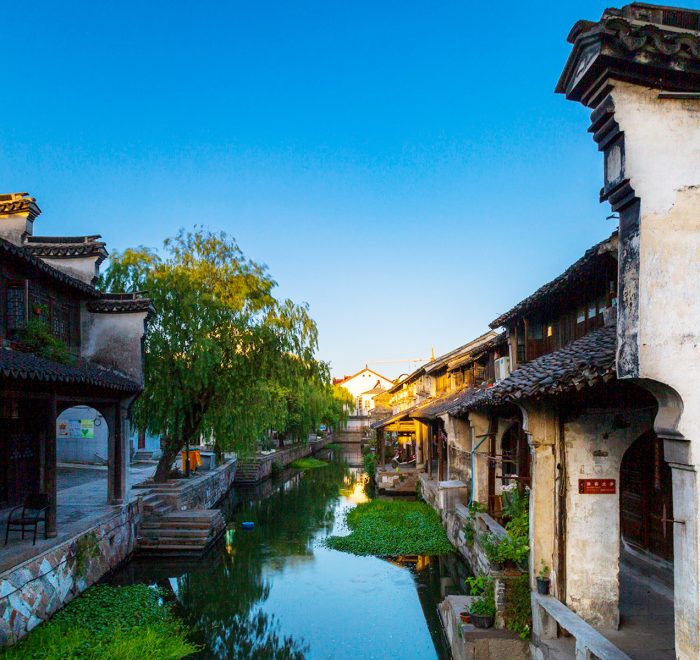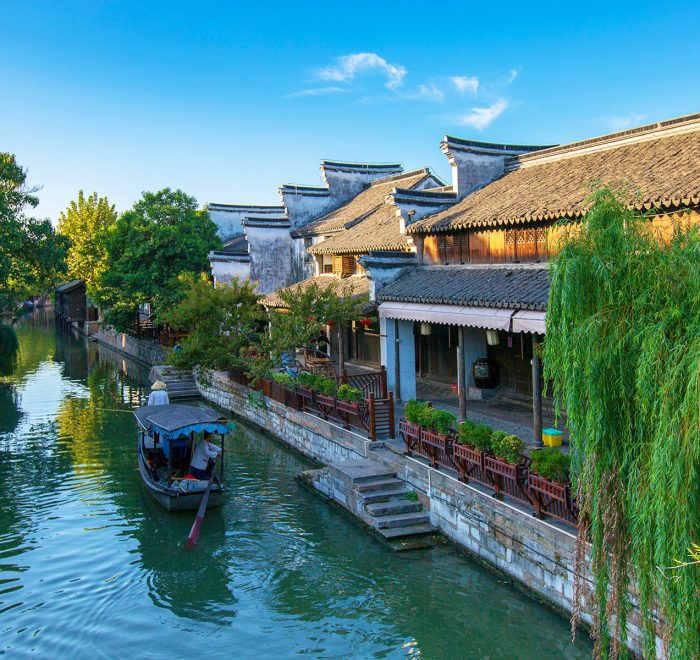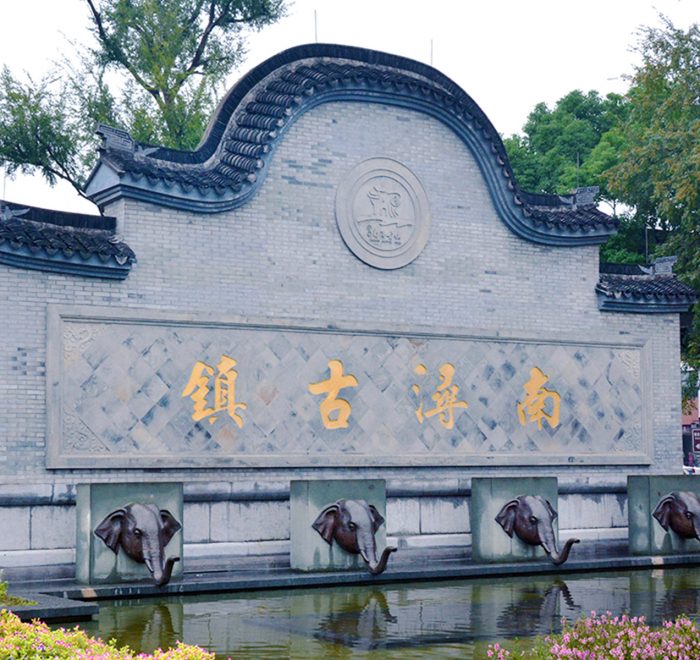Présentation de la ville d'eau de Nanxun
Avec une histoire de plus de 1,400 ans, La ville d'eau de Nanxun est devenue célèbre pendant la dynastie Song du Sud (1127–1279) grâce à son industrie de la soie prospère. À la dynastie Ming (1368–1644), c'était l'un des centres commerciaux importants. La ville d'eau de Nanxun partage les caractéristiques typiques des autres villes d'eau du sud: ponts cintrés, canaux, ruelles étroites, et vieilles maisons. Cependant, c'est l'une des villes d'eau relativement moins visitées et moins commercialisées.
Informations rapides sur la ville d'eau de Nanxun
• Nom Chinois: Nanxun Guzhen 南浔古镇
• Meilleure période pour visiter: D'avril à octobre
• Heures de visite recommandées: Environ 2 à 3 heures
• Activités à faire: Photographie, Architecture, Histoire et culture, Croisière
• Heures d'ouverture: 08:00-17:00 d'avril à octobre; 08:00-16:30 de novembre à mars
• Frais d'entrée: ¥95/personne
• Adresse: No. 18, Rue Shiyuan, District de Nanxun, Huzhou, Province du Zhejiang
À quoi s'attendre à la ville d'eau de Nanxun
La ville d'eau de Nanxun était autrefois la plus riche des anciennes villes d'eau, grâce à son industrie de production de soie, qui y continue encore aujourd'hui. Mulberry trees, whose leaves serve as food for silkworms, can be seen throughout Nanxun, a reminder of its past prominence in the silk trade. Today Nanxun Water Town echoes the quaint Chinese water town seen in centuries-old paintings, without hordes of tourists to take away from your authentic experience. You’ll also see hints of Western culture from the town’s days as a silk and salt hub, garnering Nanxun’s Changhushen Channel the nickname the Oriental Rhine.
Key places to visit in Nanxun Water Town include the Little Lotus Garden (Xiao Lian Zhuang), Jiaye Library Hall, the Mansion of 100 Rooms, and the former residence of Zhang Shiming.
The Little Lotus Garden was built as a private property, belonging to Liu Yong, a wealthy merchant and government official. The outer garden, with its nearly 10 des acres de bassins de lotus, est particulièrement coloré en été lorsque les fleurs de lotus sont en pleine floraison. Les murs du jardin intérieur sont décorés de peintures, calligraphie et autres décorations historiques. C'est un endroit idyllique à visiter, avec ses pavillons, arches en pierre, rochers, bambous et eau.
La bibliothèque Jiaye a été construite comme bibliothèque privée en 1920, où le propriétaire Liu Chenggan (petit-fils de Liu Yong) abritait plus de 600,000 livres historiques et documents rares.
La Maison des Cent Pièces (ou Cent Maisons Résidentielles) est en réalité une série de bâtiments résidentiels interconnectés construits pendant la dynastie Ming. Ces bâtiments longent la rivière et sont reliés par des arcades.
Enfin, l'ancienne résidence du riche homme d'affaires Zhang Shiming, qui a apporté beaucoup de culture occidentale à Nanxun, was built at the turn of the 20th Century and features numerous chambers (salons, des halls, studies, and bedrooms), each with a different architectural style. Intricate wood details, glass brought in from France, stone carvings and more make it an exquisite place to visit.
In addition to the buildings and cultural relics of Nanxun Water Town, the cuisine is not to be missed. Fresh fish, chestnut cakes, and Taihu crab and shrimp are local delicacies worth trying.
How to get to Nanxun Water Town
From Suzhou
• Take a direct bus from Suzhou North Bus Station or the north square of Suzhou Railway Station to the town.
From Shanghai
• Take a direct bus from Intercity Bus Terminal, Hongqiao West Long-distance Bus Station, South Long-distance Bus Station, East Long-distance Bus Station or Pudong Airport Long-distance Bus Station to the town.
From Hangzhou
• Take a direct bus from Passenger Transport Central Station or Hangzhou North Bus Station to the town.
Additional travel advice on Nanxun Water Town
• Please take are when taking a river cruise. Boating price (1-8 people per boat): Little Lotus Garden to Guanghui Palace – ¥160/boat; Little Lotus Garden to/from Lounge Bridge – ¥280/boat for one trip; ¥380/boat for round trip.
• Visitors can enjoy interesting folk performances at the town.
• Visitor who wants to experience the Water Village Wedding should register at Tourism Center and wear traditional wedding dress during the whole ceremony. Please remember to return the wedding dress to the office at Yide Plaza in time.



